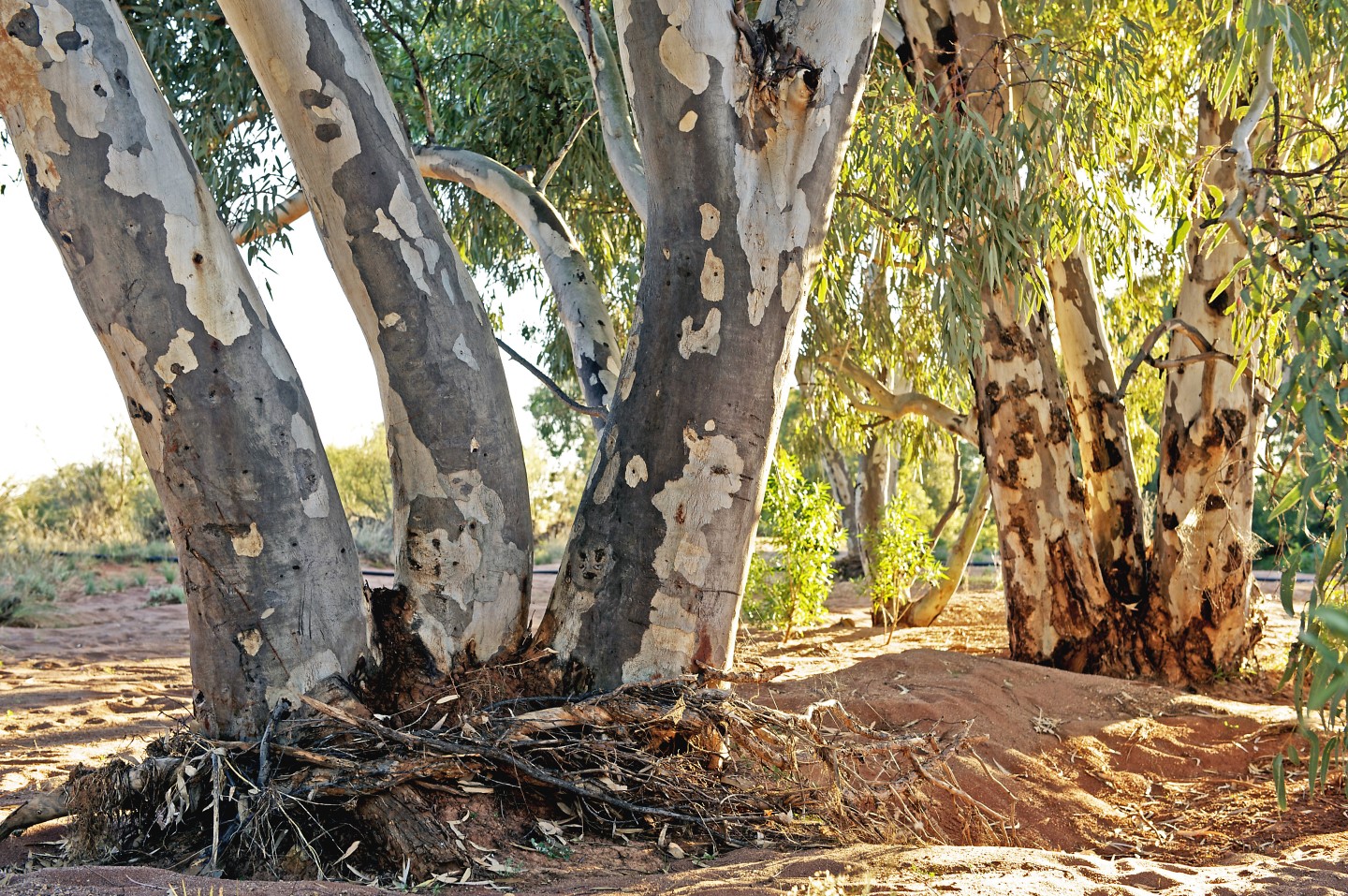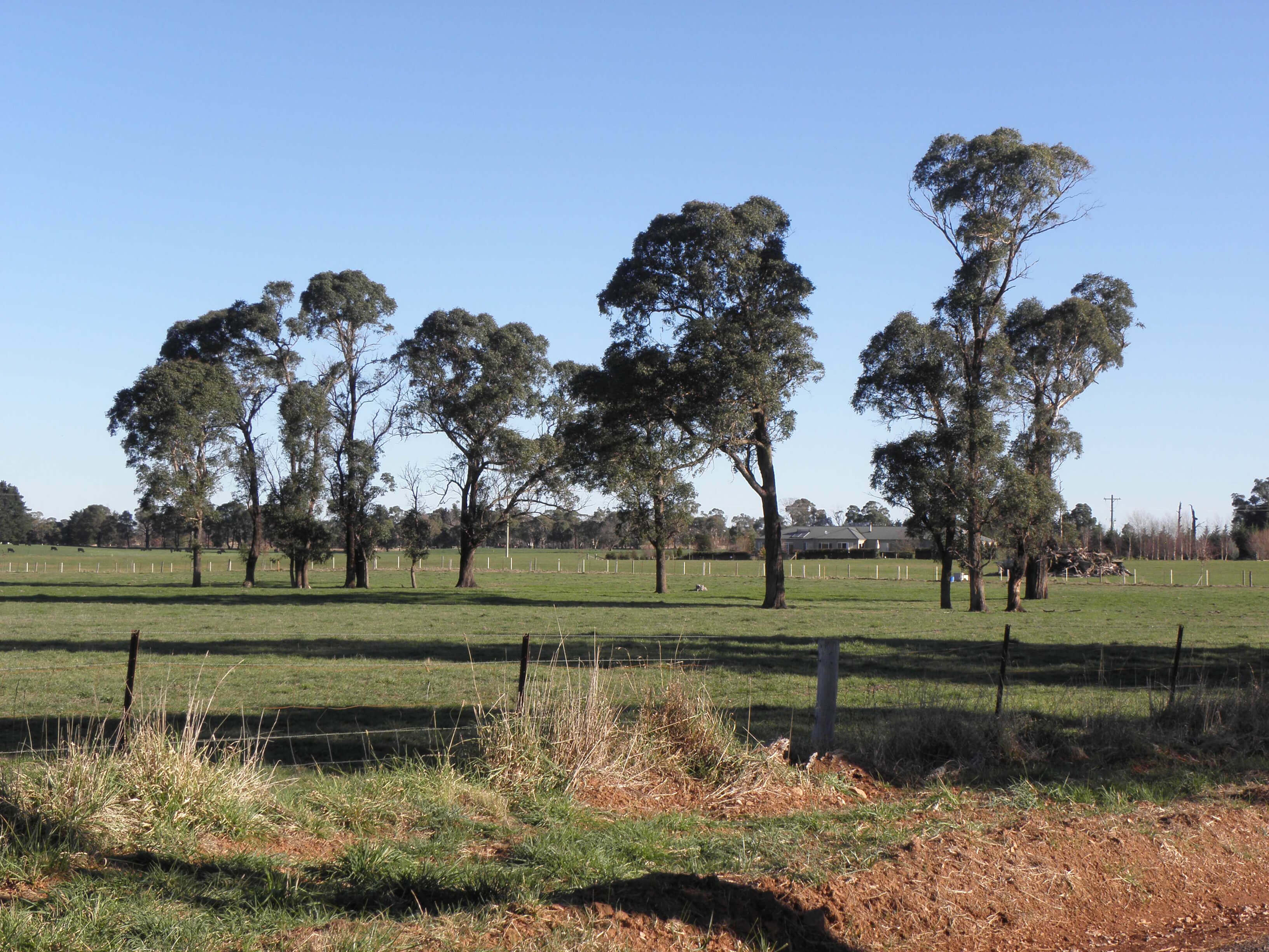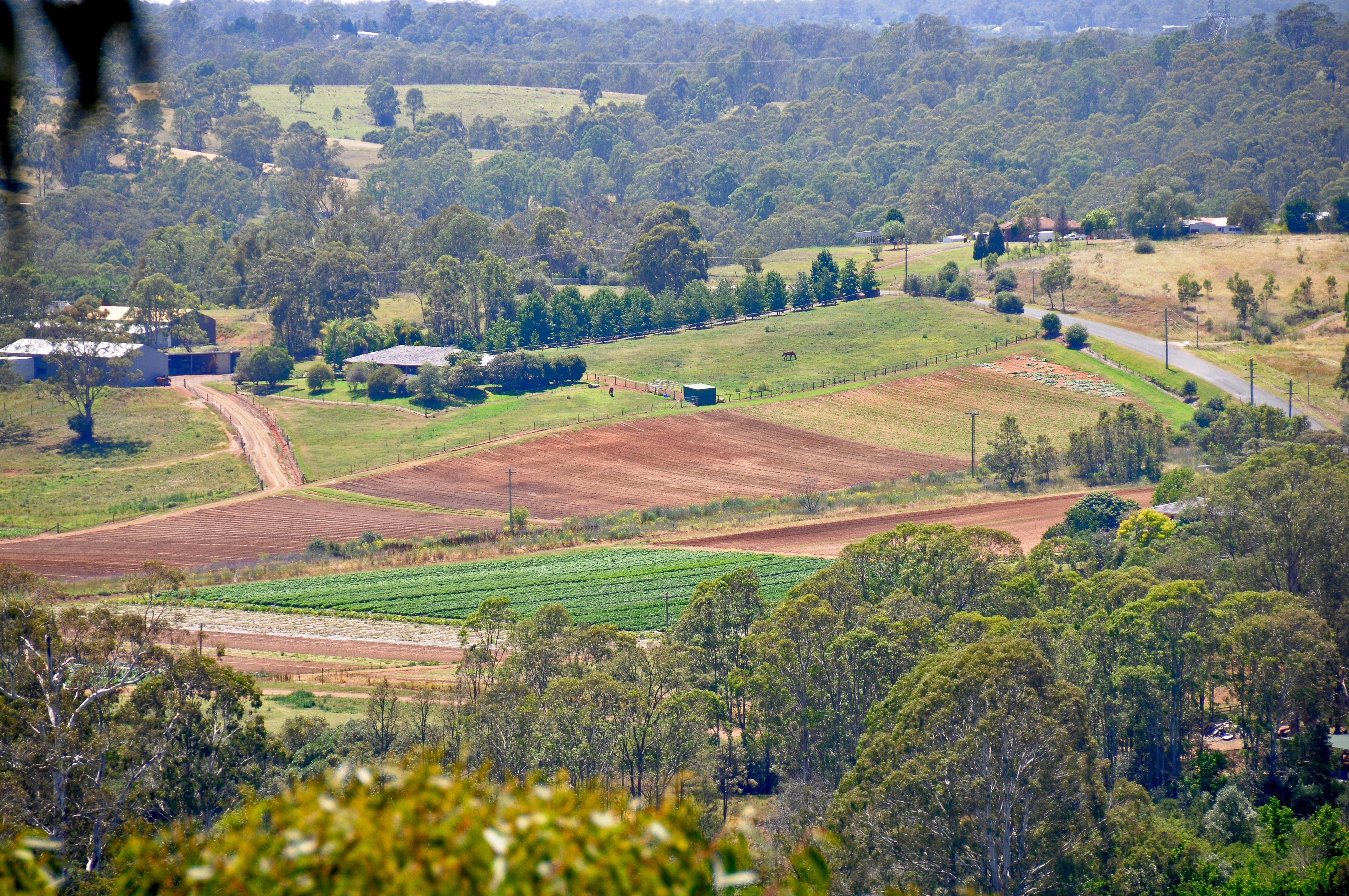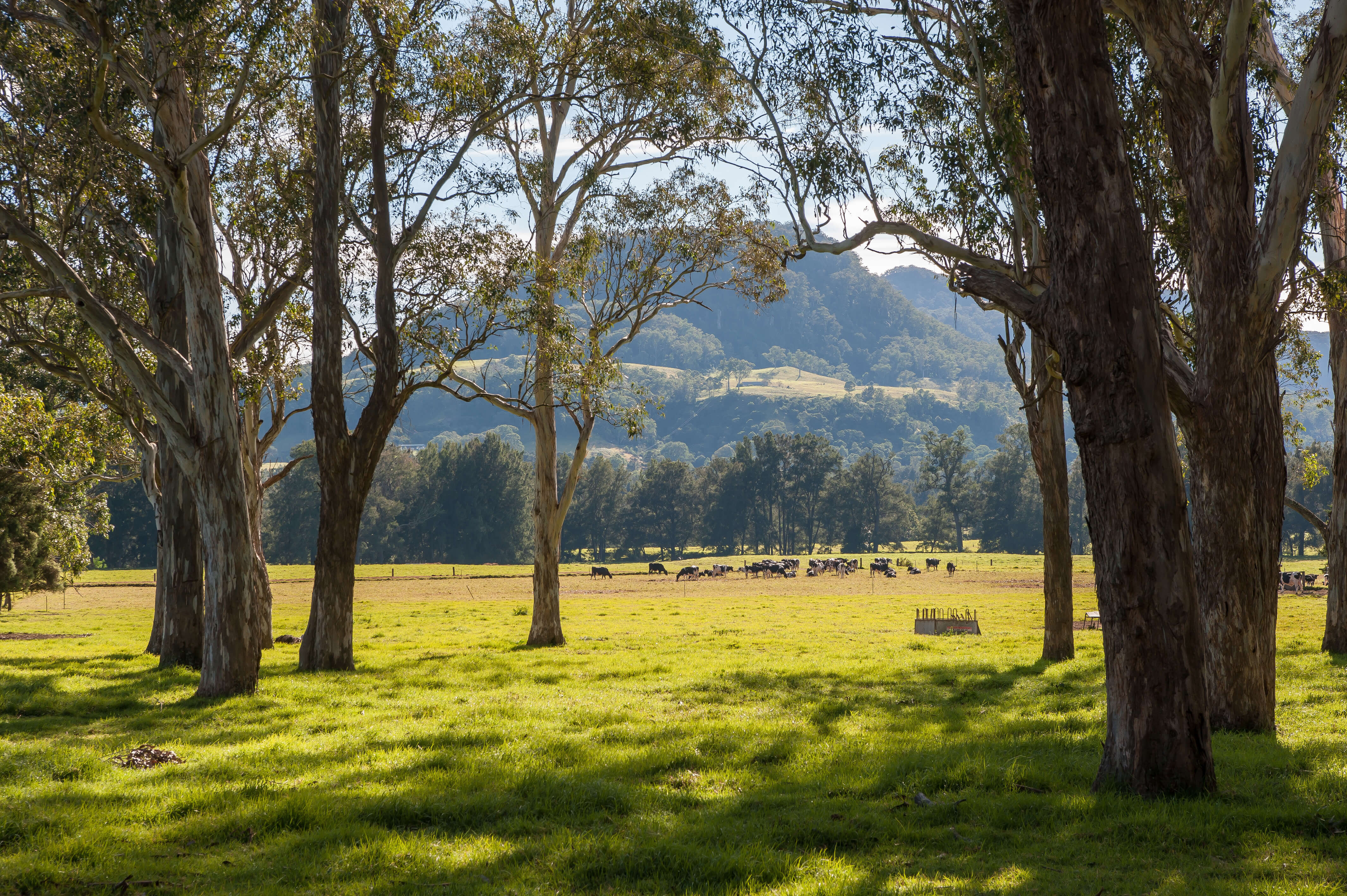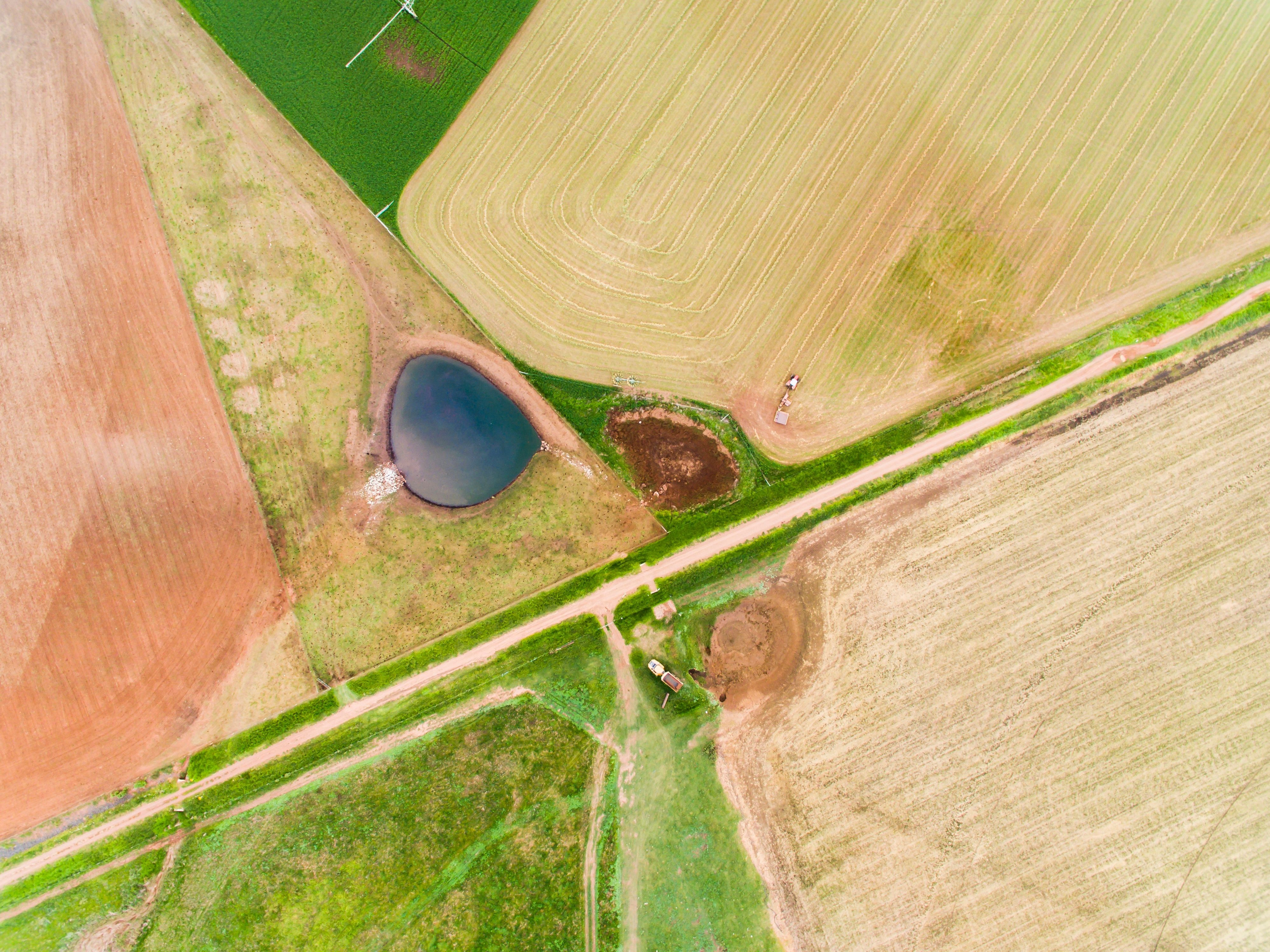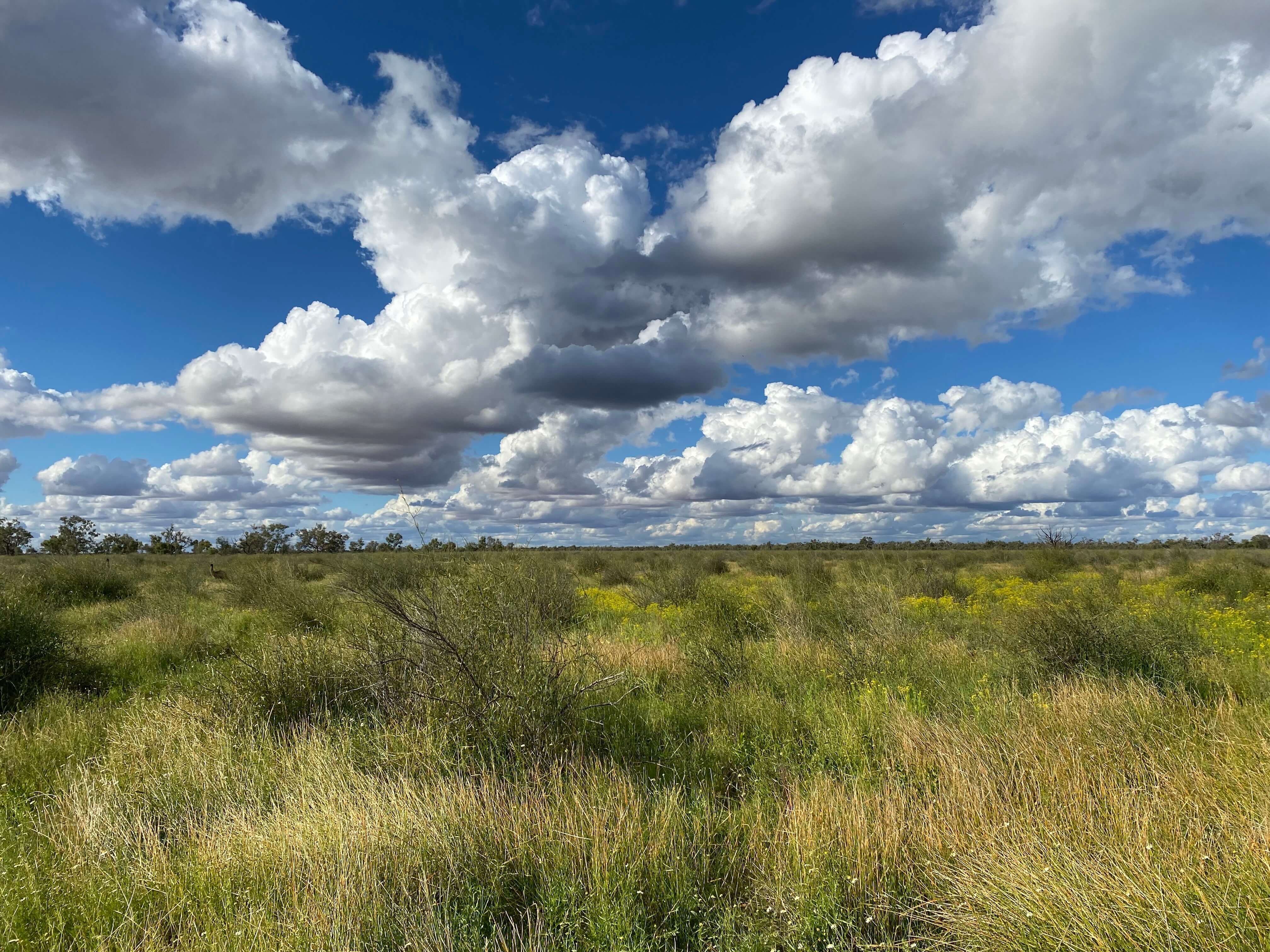The Native Vegetation Regulatory map is a key tool in the NSW Land Management Framework that supports landholder decisions about clearing native vegetation. The map designates areas of land where the clearing of native vegetation is categorised as regulated or exempt under Part 5A of the Local Land Services Act 2013. Draft mapping for all land categories is now available for all areas of New South Wales. Find out more about mapping for your area.
A statewide draft native vegetation regulatory map is now available for landholder review.
A statewide transitional native vegetation regulatory map is available to assist landholders.
The Native Vegetation Regulatory map viewer allows landholders to view property-scale land category mapping.
The transitional and draft Native Vegetation Regulatory maps display several land category types. Find out what the different land categories mean.
Get help understanding the map categories on your property or request a review of land category mapping.
Understand how the native vegetation regulatory map is created using a combination of on-ground data, scientific assessment, and over 120 different data sets from a range of sources.
